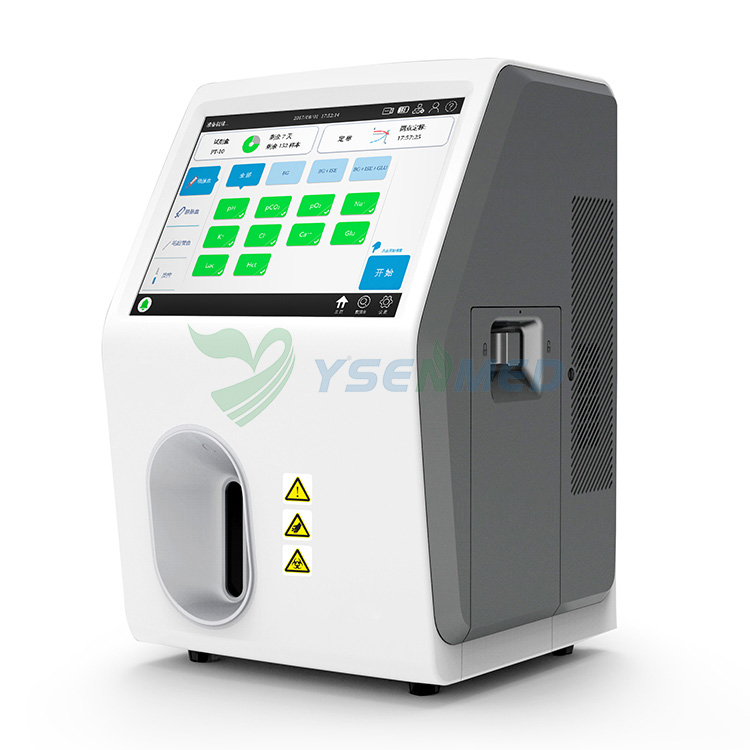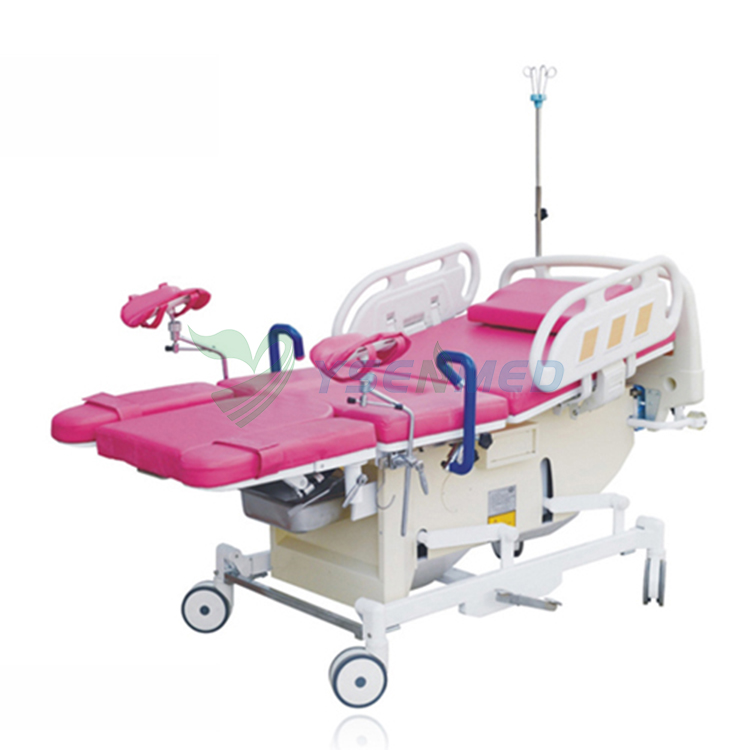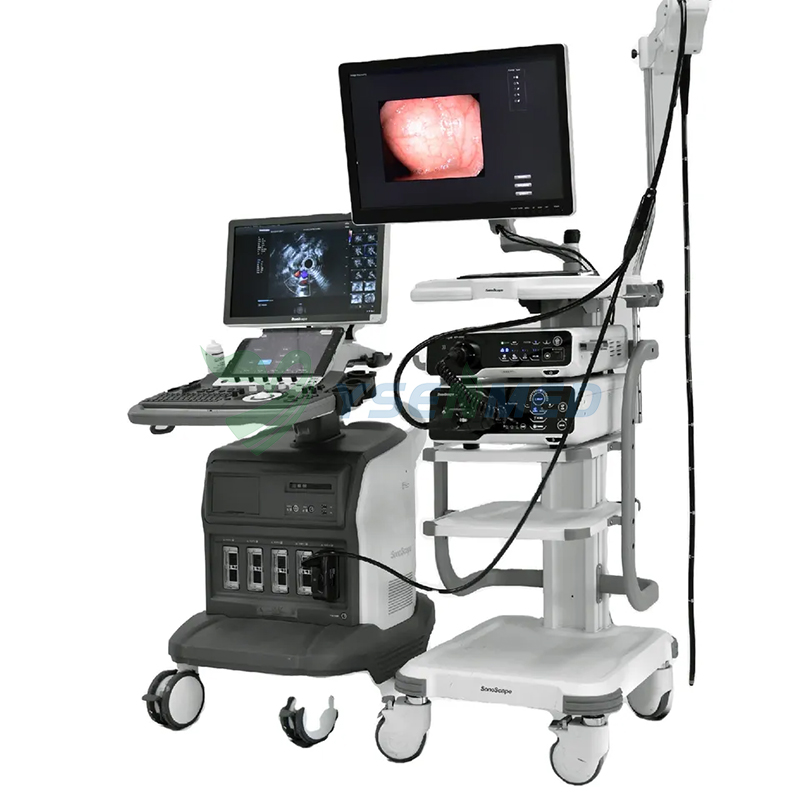In the field of clinical practice, accurate and efficient blood cell analysis is crucial for diagnosing and monitoring various medical conditions. Traditional manual methods of blood cell analysis are time-consuming, labor-intensive, and prone to human error. However, with the advent of fully automated 3-part hematology analyzers, healthcare professionals can now streamline the process and obtain reliable results quickly. In this article, we will explore the benefits and advancements of these analyzers in clinical practice.
1. Introduction to Fully Automated 3-Part Hematology Analyzers
Fully automated 3-part hematology analyzers are sophisticated instruments designed to analyze different types of blood cells, including red blood cells, white blood cells, and platelets. These analyzers utilize advanced technologies, such as flow cytometry and impedance-based methods, to provide accurate and comprehensive blood cell analysis.
2. Enhanced Efficiency and Accuracy
One of the primary advantages of fully automated 3-part hematology analyzers is their ability to significantly improve efficiency and accuracy in blood cell analysis. These analyzers can process a large number of samples in a short period, reducing turnaround time and allowing healthcare professionals to make timely decisions for patient care.
Moreover, the automation feature eliminates the need for manual sample preparation and reduces the risk of human error. The analyzers precisely count and differentiate various types of blood cells, ensuring accurate results that are essential for diagnosing conditions such as anemia, infections, and leukemia.
3. Comprehensive Blood Cell Parameters
Fully automated 3-part hematology analyzers provide a wide range of parameters that offer valuable insights into a patient's blood cell profile. These parameters include red blood cell count, hemoglobin concentration, white blood cell count, platelet count, and various indices such as mean corpuscular volume (MCV) and mean platelet volume (MPV).
By analyzing these parameters, healthcare professionals can assess the overall health of a patient's hematological system, identify abnormalities, and monitor the progress of treatments. This comprehensive analysis aids in making accurate diagnoses and developing appropriate treatment plans.
4. User-Friendly Interface and Workflow Integration
Fully automated 3-part hematology analyzers are designed with user-friendly interfaces that simplify their operation. The intuitive software guides laboratory technicians through the testing process, making it easier to perform routine tasks with minimal training.
Furthermore, these analyzers can be seamlessly integrated with laboratory information systems (LIS), allowing for efficient data management and reducing the chances of data entry errors. The integration enables automatic transfer of test results to electronic health records (EHR), facilitating streamlined communication between healthcare providers.
5. Quality Control and Maintenance
Maintaining accuracy and reliability is crucial in blood cell analysis. Fully automated 3-part hematology analyzers come equipped with built-in quality control measures that ensure the validity of test results. These analyzers perform regular internal quality control checks to monitor their performance and detect any deviations.
Additionally, regular maintenance and calibration of the analyzers are essential to ensure accurate results over time. Manufacturers provide detailed guidelines for maintenance procedures, which should be followed diligently to optimize analyzer performance.
6. Future Developments and Advancements
The field of hematology continues to witness advancements in technology. Fully automated 3-part hematology analyzers are no exception. Researchers and manufacturers are constantly working on improving the capabilities of these analyzers to enhance their accuracy, expand the range of parameters analyzed, and improve workflow efficiency.
Future developments may include integration with artificial intelligence algorithms for advanced data analysis and interpretation. These advancements have the potential to further revolutionize blood cell analysis and improve patient care outcomes.
By streamlining the blood cell analysis process, fully automated 3-part hematology analyzers enable timely diagnoses, effective monitoring of medical conditions, and improved patient care. As technology continues to advance, these analyzers will play an increasingly vital role in the field of hematology.
Implementing fully automated 3-part hematology analyzers in healthcare facilities can lead to significant improvements in diagnostic accuracy, workflow efficiency, and overall patient outcomes. It is essential for healthcare providers to embrace this technology and leverage its benefits for the betterment of patient care.
7. Conclusion
Fully automated 3-part hematology analyzers have revolutionized blood cell analysis in clinical practice. With their enhanced efficiency, accuracy, and comprehensive parameters, these analyzers provide valuable insights into a patient's hematological profile. The user-friendly interface and workflow integration further streamline laboratory operations, while quality control measures ensure reliable results.
As technology continues to advance, fully automated 3-part hematology analyzers are expected to evolve further, offering even more sophisticated features and improved performance. Healthcare professionals should embrace these advancements to optimize patient care and enhance diagnostic capabilities in hematology.
In conclusion, fully automated 3-part hematology analyzers are invaluable tools in clinical practice, enabling healthcare professionals to streamline blood cell analysis and make accurate diagnoses efficiently. By leveraging these advancements, we can enhance patient outcomes and improve the overall quality of healthcare delivery.
I hope this article provides a comprehensive understanding of the benefits of fully automated
3-part hematology analyzers in clinical practice. If you have any further questions or need additional information, please feel free to ask.




